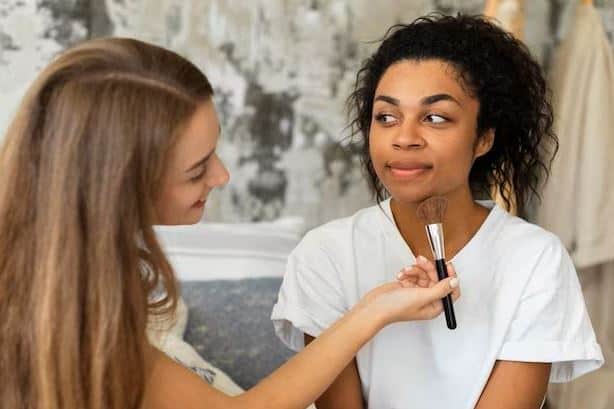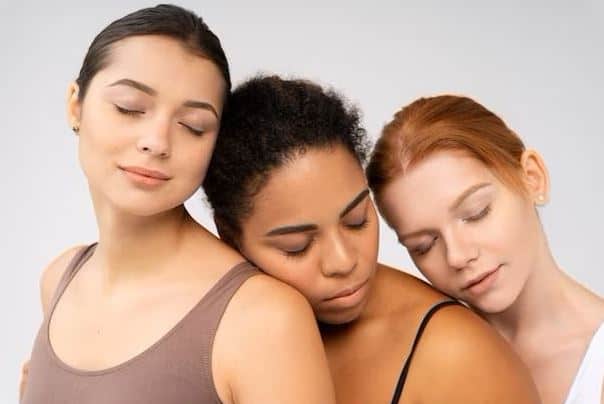
Cultural Appropriation in Beauty and Wellness
The beauty and wellness industry is known for its ever-evolving trends and practices, drawing inspiration from diverse cultures worldwide. From skincare rituals rooted in ancient traditions to hairstyles influenced by different ethnicities, cultural diversity plays a significant role in shaping the landscape of these industries.
However, in recent years, there has been a growing concern about the phenomenon of cultural appropriation in beauty and wellness. This complex issue raises questions about where to draw the line between appreciating and appropriating elements from various cultures.
In this comprehensive exploration, we delve deep into the concept of cultural appropriation in beauty and wellness trends.
The Essence of Cultural Appropriation in Beauty and Wellness
Cultural appropriation is a term that describes the act of adopting or borrowing elements from one culture, particularly by a dominant or privileged culture, without proper understanding, respect, or permission.
It often involves taking traditional clothing, hairstyles, practices, or even ingredients and using them for aesthetic, fashion, or self-care purposes, all without acknowledging the cultural significance, history, or context from which they originate.
It’s essential to recognize that cultural appropriation differs from cultural appreciation, as it involves the misuse or exploitation of cultural elements for personal or commercial gain.
Cultural Appropriation Examples in Beauty and Wellness
Cultural appropriation within the beauty and wellness sectors manifests in various ways. Let’s explore a few prominent examples to gain a better understanding of this issue:
- Hairstyles: Hairstyles are one of the most discussed aspects of cultural appropriation. Styles like cornrows, dreadlocks, and braids have deep roots in Black culture. When these hairstyles are copied and commodified without an understanding of their cultural significance, it raises concerns of appropriation.
- Skincare: The beauty industry often draws inspiration from traditional skincare practices. Ingredients such as turmeric from India or rice water from Asian cultures have gained popularity. While using these ingredients is not inherently problematic, issues arise when their cultural significance is disregarded or commodified.
- Yoga: The practice of yoga, originating from India, is another area of concern. Yoga encompasses not just physical exercise but also spiritual and cultural elements. When it’s stripped of its spiritual context and treated solely as a physical exercise for personal gain or profit, it raises questions of appropriation.
The Impact of Cultural Appropriation in Beauty and Wellness
Cultural appropriation within beauty and wellness trends can have significant and far-reaching consequences. It perpetuates stereotypes, erases cultural histories, and profits from cultural elements without proper acknowledgment or compensation.
Additionally, it marginalizes the very communities from which these practices, styles, or ingredients originate. The harm extends to issues of cultural insensitivity, racism, and the perpetuation of harmful biases and prejudices.
Cultural Appropriation vs Appreciation
To navigate this complex issue effectively, it is crucial to promote a culture of appreciation rather than appropriation. Here are some guidelines for ensuring that the beauty and wellness industries continue to embrace cultural diversity in a respectful and ethical manner:
- Educate Yourself: Take the time to learn about the history, context, and significance of the elements you’re drawn to from various cultures. Understand their cultural relevance before incorporating them into your routines or products.
- Give Credit Where It’s Due: Always acknowledge the origin and cultural significance of the practices, styles, or ingredients you use. It’s a simple yet effective way to respect the roots of these elements.
- Support Authentic Sources: Whenever possible, support brands and practitioners who belong to the culture in question. They possess the knowledge and expertise necessary to handle these elements with respect and authenticity.
- Listen and Learn: Be open to learning from individuals who come from the culture you’re interested in. Their insights and experiences are invaluable in ensuring that your appreciation remains genuine and respectful.
Final thoughts: Cultural Appropriation in Beauty and Wellness
A Balance Between Beauty and Respect
In conclusion, the beauty and wellness industry’s appreciation of cultural diversity is a testament to the richness of our global heritage. However, it is crucial to understand and address the nuances of cultural appropriation.
By promoting appreciation and respect, these industries can celebrate diversity in an inclusive and ethical manner. This approach ensures that cultural diversity is cherished and respected, rather than being reduced to trends or commodities.
Cultivating a culture of respect is the key to preserving the authenticity, significance, and beauty of these cultural elements while ensuring that no harm is done in the process.
Related posts that you may like: ” The Best Face Moisturizer for Black Men in 2023“









